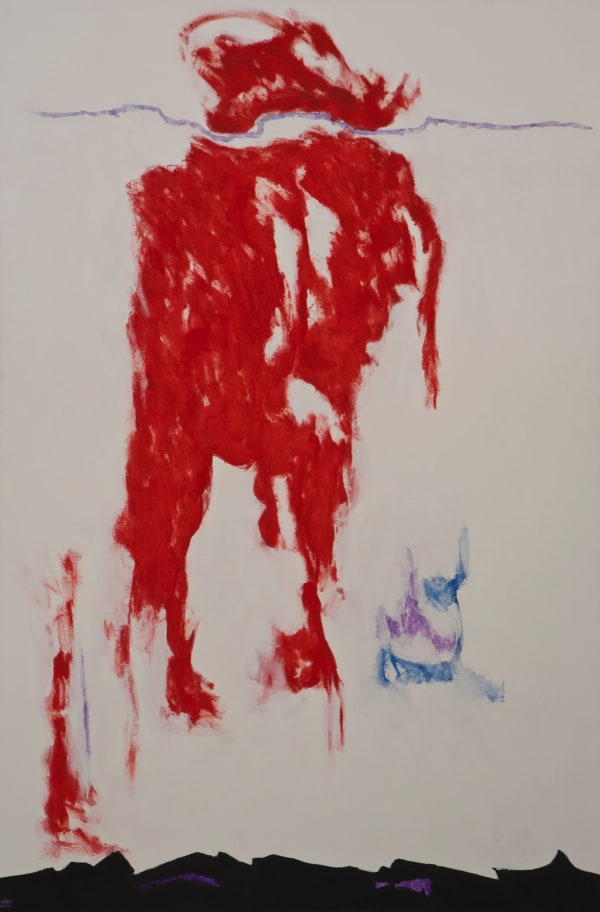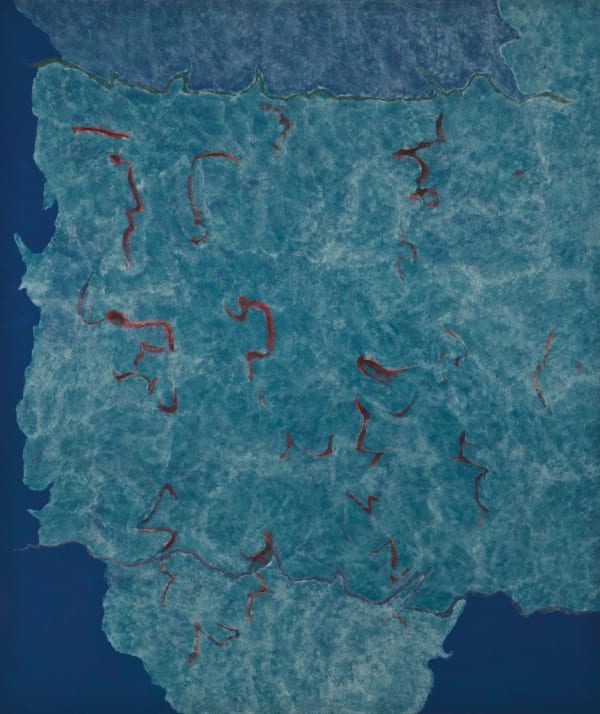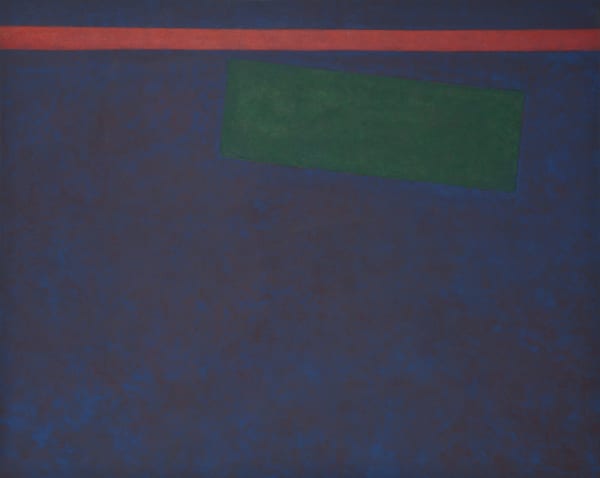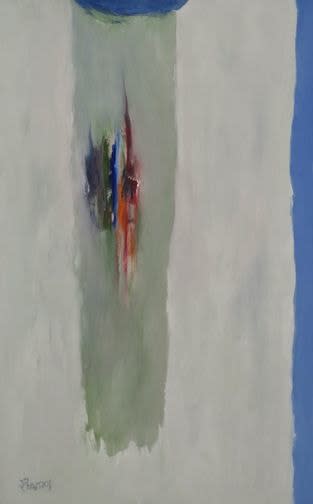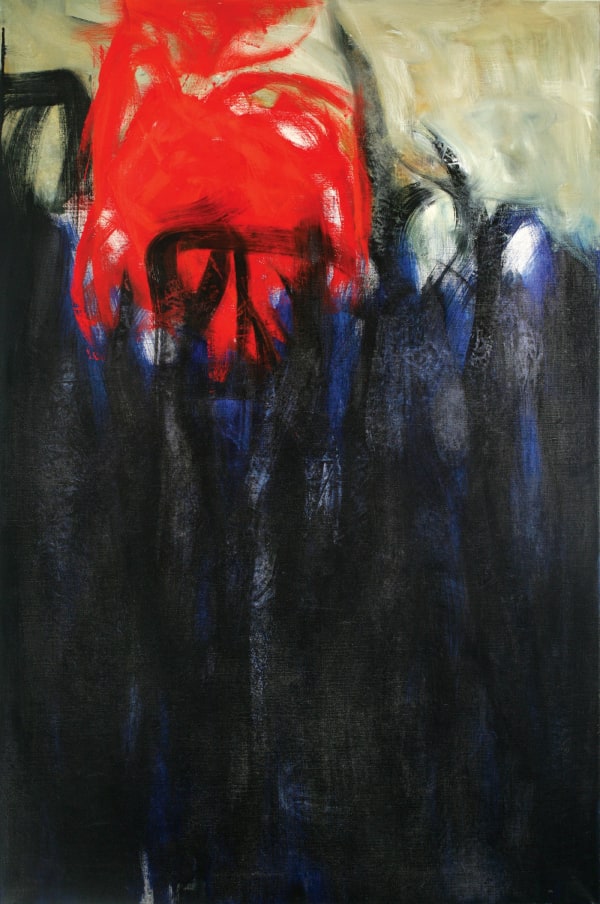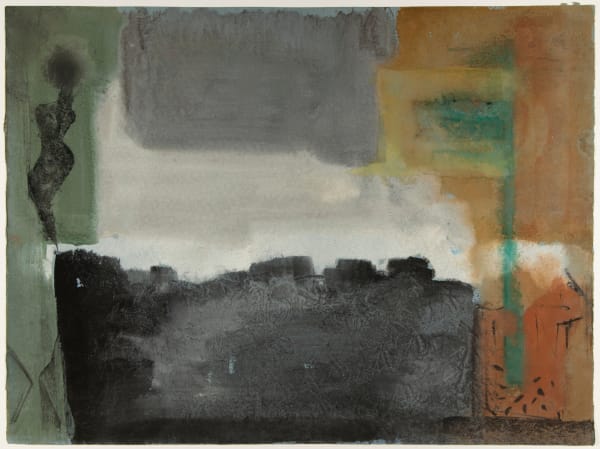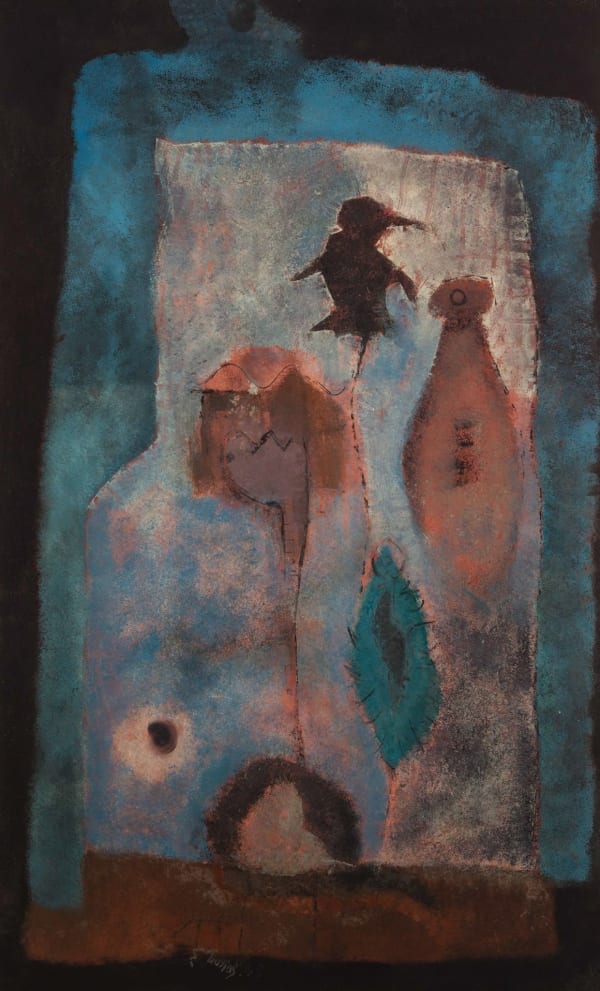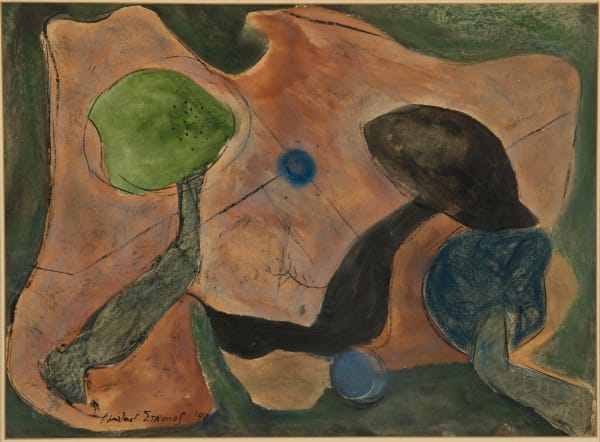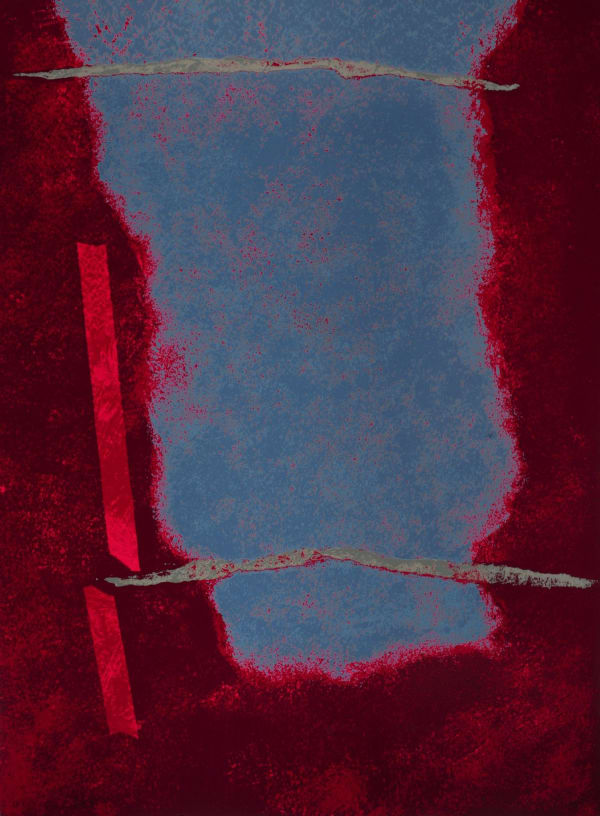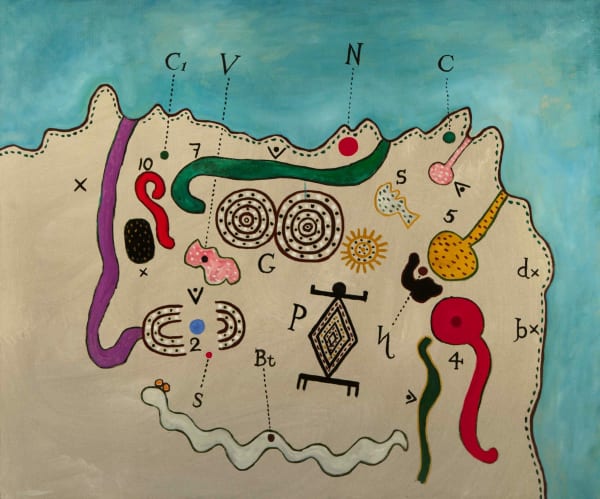Theodoros Stamos
About Theodoros Stamos
Stamos was born in New York to Greek immigrant parents. At age 13 he entered New York’s American Artists’ School where he studied sculpture. In 1941, after a series of odd jobs Stamos found work at a frame shop. During this time he came into contact with artists Arshile Gorky, Fernand Leger, Adolph Gottlieb and Barnett Newman as well as Alfred Stieglitz’s An American Place Gallery where he was particularly attracted to the work of Arthur Dove. These associations expanded his creative thinking and professional opportunities.
In 1943, at age 21, he was given his first solo exhibition at the Wakefield Gallery/Bookshop Gallery, organized by the influential collector and gallerist, Betty Parson. He subsequently exhibited annually from 1945 to 1951 at the Whitney Museum of American Art and in 1946 the Museum of Modern Art in New York purchased one of his paintings for their collection.
On May 20, 1950, Theodoros Stamos, the youngest member of the Abstract Expressionists, included his name alongside 17 other American painters in an open letter to Roland Redmond, then President of The Metropolitan Museum of Art. In that moment, the 28 year old artist became part of one of the most radical acts of American art history. These 18 painters, who came to be known as “The Irascible Eighteen”, or just “The Irascibles”, together with 10 sculptors, had the courage to withhold their work from one of the most influential cultural institutions in the world in protest of what they regarded as the museum’s insulting and reactionary treatment of progressive American art. When the letter appeared on the front page of the New York Times two days later, and a now famous photograph of fifteen members of the group appeared in the January 15, 1951 issue of Life Magazine, Theodoros Stamos and his Abstract Expressionist colleagues became the first American artists to receive world-wide attention. This period would eventually be recognized as the first international art movement to originate in America.
Initially inspired by nature and biomorphic forms, Stamos’ paintings evolved into large-scale color abstractions in which light seems to drift through translucent screens. The works from the Infinity Field series were inspired by Greece and the time the artist spent there during his lifetime.
Stamos’ work can be found in numerous public collections including The Art Institute of Chicago, IL; Brooklyn Museum, NY; Corcoran Gallery of Art, Washington, DC; Hirshhorn Museum and Sculpture Garden, Washington, DC; The Metropolitan Museum of Art, New York; Museum Modernor Kunst, Vienna, Austria; Museu d’Arte Moderno, Rio de Jenairo, Brazil; the Solomon R. Guggenheim Museum, New York; the National Pinacotek, Athens, Greece; and the Tel Aviv Museum, Israel, among others.
Theodoros Stamos is the recipient of many awards including Louis Comfort Tiffany Foundation Fellowship (1951); National Institute of Arts and Letters Award (1956); Mainichi Newspaper prize at the 6th Tokyo International (1961) and National Arts Foundation Award (1968).
References: Theodoros Stamos: An Overview, essay by Barbara Cavaliere. ACA Galleries, New York, 1992. Eyes on Stamos: A Sister’s Memoir – A Brother’s Wishes, Georgianna Savas. Greece, 2005. Stamos Reds 1988 – 1994. Portalakis Collection, Athens, Greece, 1999.

